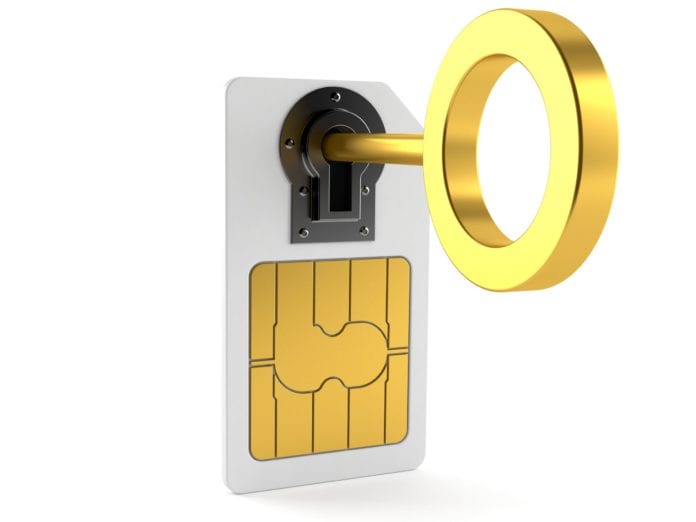GSMA puts embedded SIM development on hold, pending DOJ inquiry
The Department is Justice is examining whether AT&T and Verizon worked together to use GSMA-facilitated standards to hinder U.S. consumers’ ability to take full advantage of embedded SIM technology, which makes it easier for wireless customers to switch service providers through remote provisioning, according to published reports. The GSMA, which has been heading up development of eSIM standards, has suspended that work due to the DOJ investigation.
Embedded, or eSIM, technology replaces traditional, removable SIM cards with an embedded SIM module that supports the profiles of multiple operators, so that consumers can switch between operators without needing new, physical SIM cards.
The New York Times cited half a dozen unnamed sources with knowledge of the inquiry. AT&T and Verizon both confirmed to the publication that they had been involved with a DOJ inquiry related to eSIM. The Times reported that the inquiry began about five months ago “after at least one device maker and one wireless carrier filed formal complaints with the Justice Department,” with one source naming the device maker as Apple. AT&T and Verizon are reportedly facing accusations that they colluded with the GSMA to develop eSIM standards that would enable them to lock an eSIM device to their networks, effectively disabling the ability for consumers to easily switch from operator to operator.
In a statement to RCR Wireless News on the investigation, an AT&T spokesman said, “We are aware of the investigation into GSMA’s process for developing eSIM standards that provide a better experience for consumers. Along with other GSMA members, we have provided information to the government in response to their requests and will continue to work proactively within GSMA, including with those who might disagree with the proposed standards, to move this issue forward.”
“The accusations regarding this issue are much ado about nothing,” Verizon spokesperson Rich Young told RCR Wireless News in an email. “We are striving to provide a better experience for the consumer. The reality is that we have a difference of opinion with a couple of phone equipment manufacturers regarding the development of eSIM standards. Nothing more.
“The government looked at this issue once before, in 2016,” Young continued. “That case was closed without action. Any good government inquiry is looked at and ultimately decided on merit. That was the case in 2016 and we are very confident the government will reach the same conclusion this time. In the meantime, we continue to work proactively and constructively working with the Department of Justice and will continue to do so.”
The GSMA, which has been spearheading the development of eSIM standards, describes the eSIM technology as one that “allows consumers to store multiple operator profiles on a device simultaneously, and switch between them remotely, though only one can be used at a time. … Manufacturers and operators can now enable consumers to select the operator of their choice and then securely download that operator’s SIM application to any device.
“Remote provisioning means much smaller devices can be supported. The first products have already come to market, and we can expect to see many further launches in 2018: it is now easier to extend mobile connectivity to devices such as tablets, smart watches, fitness bands, portable health systems and various other devices,” the GSMA said.
In its statement on the DOJ investigation, the GSMA said that the eSIM standard “contains a wide range of features, including the option for the eSIM to be locked. In the United States, consumers would have this option; however, they would need to explicitly consent to this under specific commercial agreements with their mobile operator, for example when purchasing a subsidised device,” the GSMA said in a statement. “The development of the latest version of the specification is on hold pending the completion of an investigation by the United States Department of Justice. The GSMA is cooperating fully with the Department of Justice in this matter.”
Image copyright: tawhy / 123RF Stock Photo

